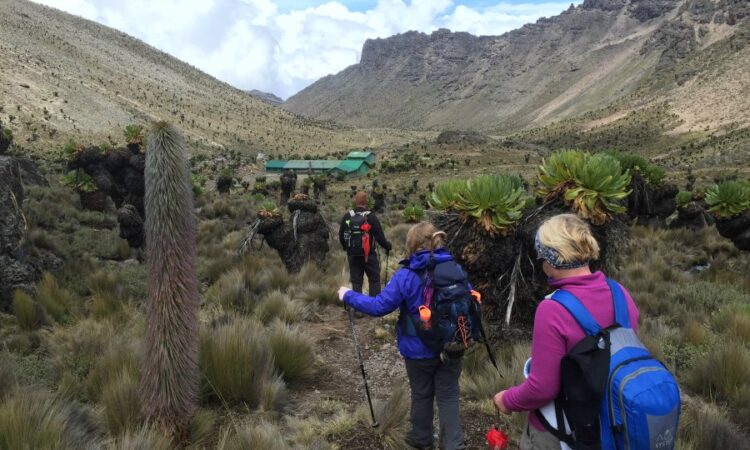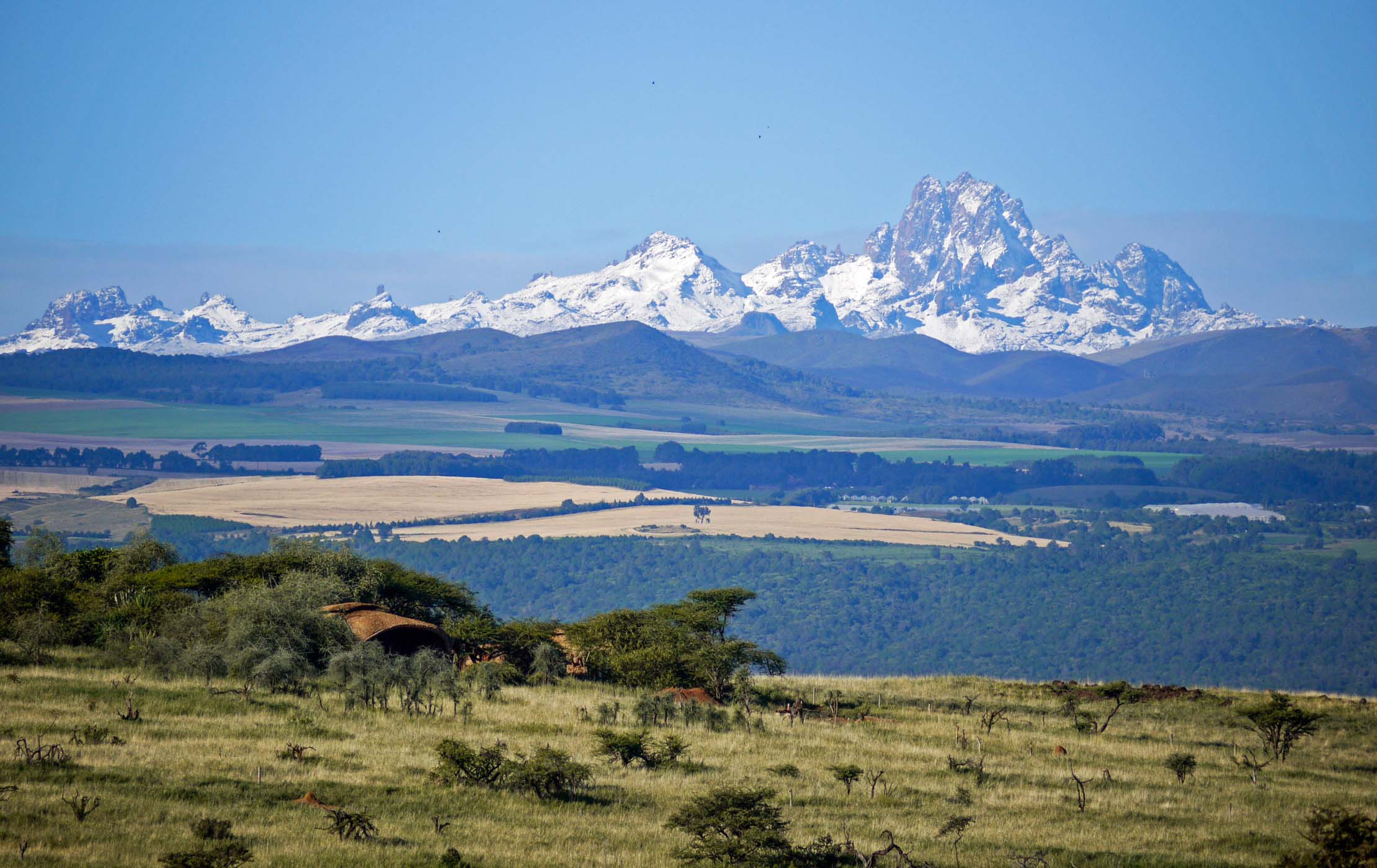Mount Kenya : Conquering Africa’s Second Tallest Peak : Rising majestically on the equator, Mount Kenya stands as the highest mountain in Kenya and the second tallest peak in Africa, attracting adventurers from around the world. With its rugged beauty, diverse ecosystems, and challenging routes, climbing Mount Kenya is a thrilling and rewarding experience for outdoor enthusiasts. In this comprehensive travel article, we will delve into the wonders of Mount Kenya, provide insights into the different climbing routes, and guide you on an unforgettable journey to conquer this iconic mountain.

Located in central Kenya, Mount Kenya is a stratovolcano that has been dormant for millions of years. The mountain is composed of several peaks, with Batian (5,199 meters/17,057 feet) and Nelion (5,188 meters/17,021 feet) being the highest and most challenging to climb. The mountain is surrounded by a protected area known as Mount Kenya National Park, which is recognized as a UNESCO World Heritage Site.
Mount Kenya’s diverse climate zones and vegetation make it a haven for biodiversity. As you ascend the mountain, you’ll encounter different ecological zones, including the montane forest, bamboo zone, heath, and moorland, before reaching the alpine desert and snow-capped peaks. Each zone supports a unique array of plant and animal species, adding to the allure of the climbing experience.
Mount Kenya is deeply intertwined with the traditions and beliefs of the local communities, particularly the Kikuyu people who live in its vicinity. The mountain is considered sacred and is associated with various myths and legends. Engaging with the local communities and learning about their cultural heritage adds a rich dimension to the climbing journey.
Best Time to Climb:
Mount Kenya can be climbed year-round, but the best time to attempt the summit is during the dry seasons, which are typically January to February and July to October. These months offer clearer skies, less rainfall, and better visibility. However, it’s important to note that weather conditions can be unpredictable, and climbers should be prepared for changes in temperature and occasional rain showers.
Mount Kenya offers several climbing routes, each with its own challenges and attractions. The most popular routes are the Sirimon Route, the Chogoria Route, and the Naro Moru Route. The Sirimon Route is known for its scenic beauty and gentle ascent, making it a good choice for beginners. The Chogoria Route offers breathtaking views and a more challenging climb, while the Naro Moru Route is famous for its “Vertical Bog” and the notorious “Harris Tarn.”
Climbing Mount Kenya requires physical fitness and acclimatization to the altitude. It’s advisable to spend a few days in the vicinity of the mountain before attempting the summit to allow your body to adjust to the thinning air. Engaging in light hikes and physical activities in the area helps prepare your body for the ascent and reduces the risk of altitude-related illnesses.
The Mount Kenya Climbing Experience:
The trek to the summit of Mount Kenya is a captivating journey through ever-changing landscapes. The lower slopes are adorned with lush montane forests, home to a variety of wildlife species and exotic flora. As you ascend, the vegetation transitions into bamboo forests, picturesque moorlands, and rocky terrains. The alpine desert offers panoramic views and the surreal experience of walking above the clouds.

Mount Kenya is home to a range of wildlife species, including elephants, buffalos, colobus monkeys, and various antelope species. Bird enthusiasts will also be delighted by the opportunity to spot a wide array of bird species, including the rare and endemic Jackson’s Francolin. Keep your eyes peeled as you trek, and you may be rewarded with sightings of these magnificent creatures.
Scaling the highest peaks of Mount Kenya, Batian and Nelion, requires technical climbing skills and equipment. These peaks are reserved for experienced climbers and often involve rock climbing, rope work, and exposed ridges. It’s essential to have proper training, experience, and a qualified guide when attempting these summits.
Safety and Responsible Climbing:
Climbing Mount Kenya should not be taken lightly, and safety should be a top priority. Ensure you have adequate travel insurance that covers mountain rescue, carry essential safety gear such as a first aid kit, extra clothing, and emergency supplies. It’s also important to climb with an experienced guide who is knowledgeable about the mountain and its challenges.
Responsible climbing involves leaving the mountain as you found it. Respect the fragile ecosystem of Mount Kenya by adhering to the principles of Leave No Trace. Dispose of waste properly, minimize your impact on the environment, and avoid damaging vegetation or disturbing wildlife. Engage in sustainable practices and support local conservation initiatives.
Climbing Mount Kenya is a thrilling adventure that combines physical challenge, breathtaking landscapes, and cultural immersion. From the diverse climate zones and rich biodiversity to the technical challenges of reaching the summit, Mount Kenya offers a truly unforgettable experience for those seeking to conquer Africa’s second tallest peak. As you embark on this remarkable journey, ensure your safety, respect the mountain’s natural beauty, and create memories that will last a lifetime.


